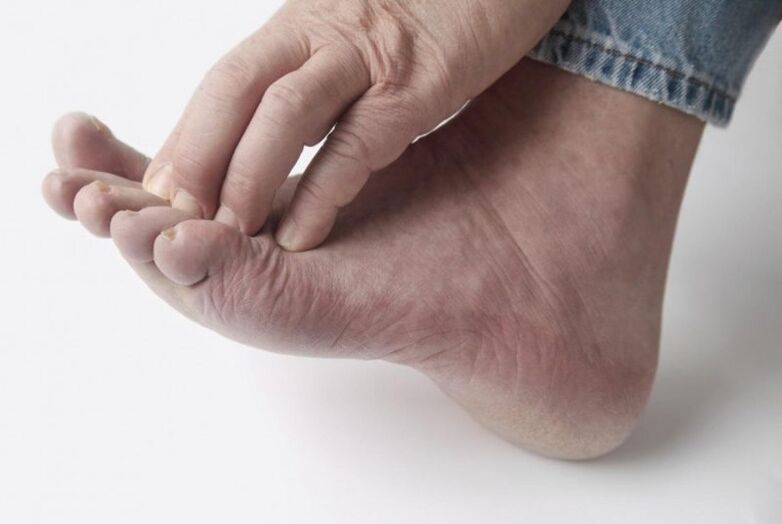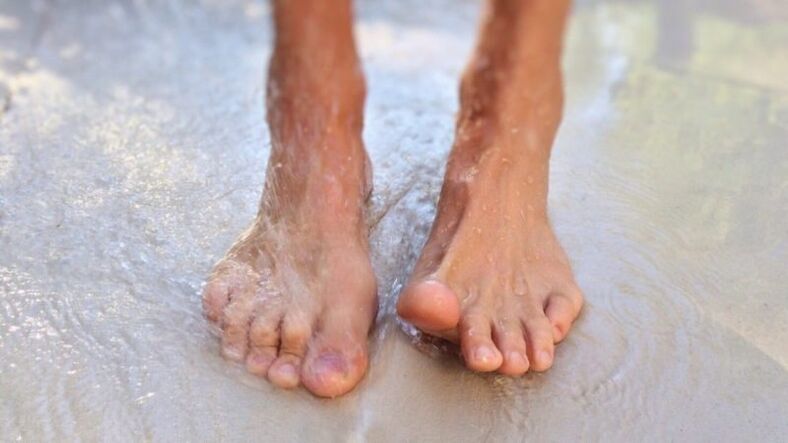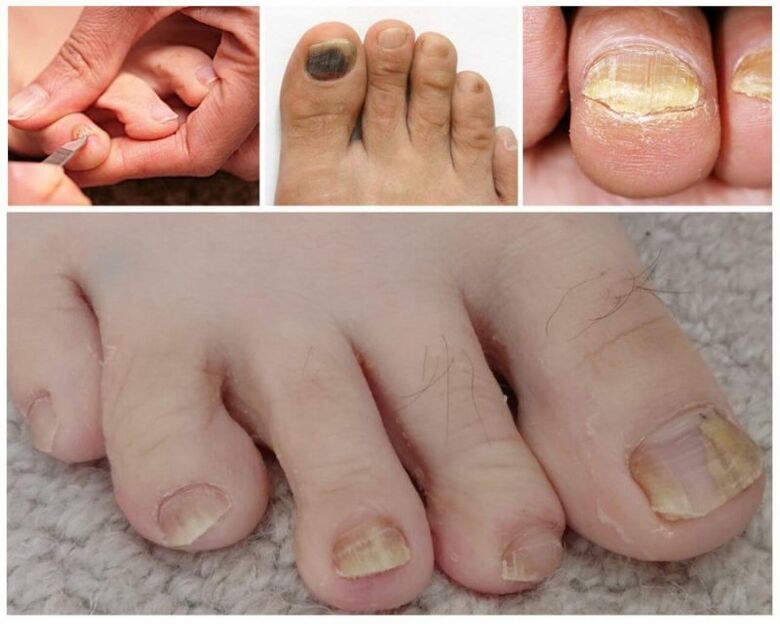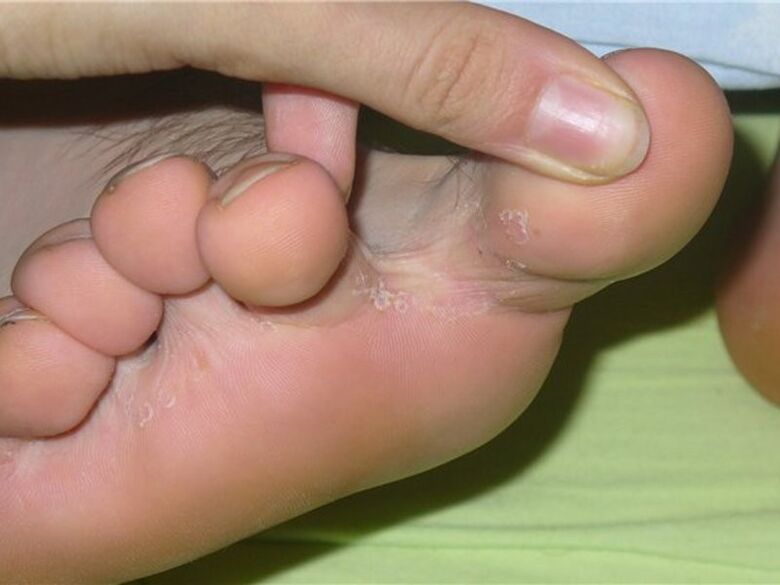Fungal infections are manifested in different ways and can affect a number of organs and parts of the body.The most common species is the fungus of the legs.The degree of spread of the infection is individual in each case and depends on a number of factors: forces of resistance to the immune system, such as the pathogen and lifestyle and age of the patient.

In addition, the concept of leg fungus is expandable as the disease can touch the foot, toes or space between them or the nail plate.In each case, there are individual effective ways to combat the sponge.
The main symptoms of a fungal infection
Before you start treatment, it is necessary to diagnose the disease accurately.In some cases, therapy remains useless for a long time due to the fact that the symptoms of fungal infections are similar to the manifestations of psoriasis or bacterial infection (streptococcal, staphylococcal infections).
The best option for determining the disease is a laboratory analysis of the separated or a piece of skin (nails) of the lesion.This method not only eliminates a particular pathogen, but also to determine its sensitivity to one medicine or another.
If there is no opportunity to visit the laboratory, you can see a photo of the fungus on the Internet on the Internet and compare to your case.
Signs of the disease
You also need to know its basic characteristics:

- itching;
- Skin peeling;
- the appearance of small cracks;
- wet wounds;
- burning;
- a painful feeling of palpation or walking;
- specific odor of rotten;
- The appearance of bold skin.
With damage to the nail plate, depending on the stage of the fungus on the legs can be observed:
- change of color or spots;
- Thickening along the edge;
- Squad;
- deformation;
- Distance of pus.
At the last, neglected stage, you can monitor the full wipe of the nail.In this case, the treatment does not guarantee that the new nail will have a normal aesthetic shape.
Resulting in the appearance of fungi
No one is safe from an infection with a fungal infection.As a rule, there are several major causes for the appearance of the fungus of the legs, including both factors of the human environment and the internal processes in the body.
But as a rule, the disease is felt when at some point several triggies interact with each other, they may be attributed to them:

- Long -term wearing the same pair of shoes;
- visit to public baths, saunas, pools;
- infection through pedicure tools;
- use of other people's shoes or socks;
- a long period of antibiotic treatment;
- impaired skin integrity;
- Seasonal reduction of immunity or against HIV.
Risk group
There are also risk groups of people exposed to fungal infections:
- patients with endocrine disorders (diabetics, patients with thyroid disorders);
- people with excess weight;
- Sweet lovers;
- Babies for artificial eating.
Fungus treatment
To avoid relapses, doctors recommend resorting to complex therapy, that is, you use medicines directly in the area of damage and inside.How to treat the fungus on the legs depends primarily on the stage of its spread.
In advanced cases, drug therapy is often a powerless and inflamed part of the foot is cut by surgical method.Therefore, it is important to start treatment as early as possible, with the onset of the first symptoms.
To find out how to effectively fight the fungus at home, you need to remember the following rules:
- In no case do you take antibiotics;
- You cannot independently remove the dead areas and try to remove PU (such procedures must be performed exclusively in the sterile conditions of the clinic);
- You cannot use cosmetics (decorative nail polish, scrub, moisturizing stopping creams)
- It is strictly forbidden to make a pedicure of the salon (medical).
Traditional treatments

Traditional methods of therapy suggest the use of antifungal external drugs, tablets, defects and fungi varnish.
The treatment is performed for a long time and usually lasts for a few more weeks after all the symptoms of the disease have disappeared.
In cases where the fungus of the legs is observed, antifungal drugs are only administered after removing the keratinized cell layer.
This procedure should be performed very carefully so that the cells of the infected epithelium do not spread in the air, to furniture and clothing.
Keratinized areas are removed with the help of special tools that make the skin soft.First, the leg should be kept in hot water after applying the ointment and left for a while (3-4 hours).
Some of the above medicines can cause allergic reactions.In the case of the latter, doctors prescribe antihistamines (anti -allergic).
















